Key Takeaways:
- Temperature Threshold: Understand the specific temperatures at which various dog breeds may require additional warmth.
- Breed Considerations: Learn how a dog's breed, age, and health can influence their need for a winter coat.
- Practical Tips: Gain actionable advice on choosing the right coat for your canine companion to ensure their comfort during colder months.
As pet owners, we often wonder about the comfort and well-being of our furry friends, especially when the temperatures drop. One common question that arises is: at what temperature does a dog need a coat? This article will delve into the factors that determine whether your dog should don a winter jacket and how to keep them cozy and safe during the cold season.
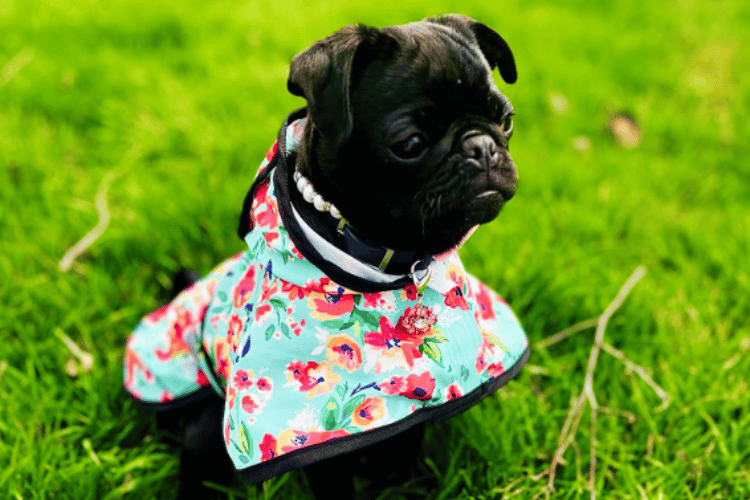
Understanding Your Dog's Natural Coat
Most dogs come equipped with their own fur coats, which provide varying degrees of warmth. Breeds with thick coats, like Siberian Huskies and Alaskan Malamutes, are naturally insulated against cold weather conditions. These northern breeds have double coats that offer protection from the cold, making them less likely to need additional layers.
On the other hand, short-haired breeds, toy breeds, and small dogs with less body fat may not retain as much body heat and could benefit from a winter coat.
The Temperature Guide for Canine Coats
There isn't a one-size-fits-all answer to when a dog needs a winter coat, as it largely depends on the breed, size, and health of the dog. However, a general rule of thumb is that when the temperature falls below 45°F (7°C), some dogs might start to feel cold.
For smaller breeds, senior dogs, or those with a weakened immune system, even slightly higher temperatures might warrant extra warmth. When the thermometer dips below 32°F (0°C), most dogs, regardless of their size, could use a winter jacket, especially during a winter walk.
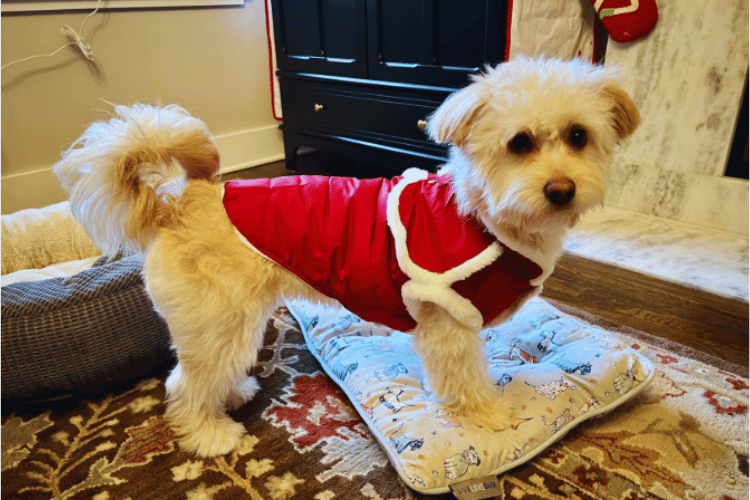
Factors Affecting Your Dog's Need for a Coat
Not all dogs are created equal when it comes to their ability to handle cold weather. Small dogs and toy breeds, such as Chihuahuas and Chinese Crested, have a larger surface area relative to their body volume, which means they can lose heat quickly.
Dogs with thin or sparse fur coats, like Greyhounds and French Bulldogs, may also need a coat indoors if your home is particularly chilly. Additionally, older dogs and those with health issues may have trouble regulating their body temperature and could benefit from an extra layer.
The Role of Breed and Body Type
Large dog breeds with dense coats, such as Newfoundlands and Saint Bernards, are less likely to need a winter coat due to their natural insulation. Conversely, breeds with short coats or those that are lean, like Whippets, may require extra protection.
Dogs with low body fat, such as sight hounds, or those whose bellies sit low to the ground, like Basset Hounds and Dachshunds, are more susceptible to the cold ground and may appreciate a coat for extra warmth.
Caring for Short-Haired Breeds in Cold Weather
Short-haired breeds often lack the natural insulation that their long-haired counterparts possess, making them more vulnerable when the temperature drops. These breeds, such as Greyhounds and Boxers, may shiver or show signs of discomfort in chilly weather, indicating a need for an extra layer.
Dog coats designed for short-haired breeds should provide ample coverage and warmth without restricting your furry friend's movement. Look for options that are snug yet comfortable, ensuring that your dog can still run and play without hindrance.
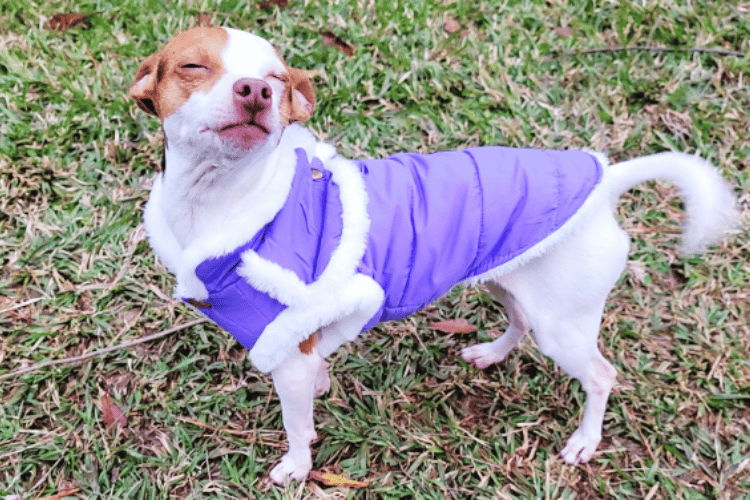
When selecting winter coats for your short-haired canine friend, consider materials that are both warm and water-resistant. A fleece-lined jacket can keep your dog warm, while a water-resistant outer layer will protect against snow and rain.
Remember, the goal is to maintain your dog's body temperature without causing overheating. It's a delicate balance, but with the right dog jacket, your short-haired breed can enjoy the winter months just as much as any furry friend with a longer, thicker coat.
The Benefits of Layering Dog Sweaters and Coats
Layering is a tried-and-true method to stay warm for humans, and it can be just as effective for our canine companions, especially during freezing temperatures. Starting with a snug dog sweater can provide a base layer of warmth for your dog's body, particularly useful for large dogs with more surface area to keep warm. The sweater should fit well around your dog's neck and chest, providing warmth without restricting breathing or movement.
On top of the sweater, adding a water-resistant dog coat can offer additional protection against the elements. This is particularly important for dogs that spend extended periods outdoors in winter conditions.
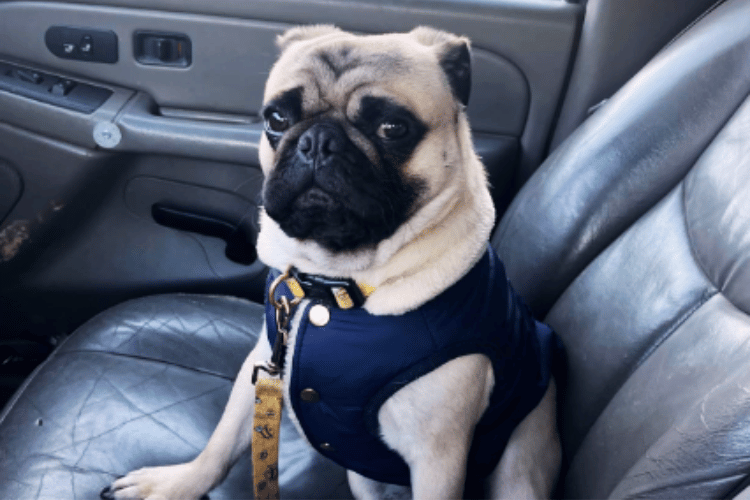
The outer coat should also allow for easy adjustment to ensure a proper fit, which is crucial for maintaining your dog's comfort and mobility. By layering dog sweaters and coats, you can help your canine friend stay warm and dry, no matter how much the temperature drops or how unpredictable the weather becomes.
Age and Health Considerations
Senior dogs and puppies have less efficient heat regulation systems and may not be able to generate as much body heat as adult dogs in their prime. Dogs with medical conditions or a weakened immune system may also feel cold more easily. For these dogs, a winter coat can be more than a comfort—it can be essential for maintaining their health during colder temperatures.
Choosing the Right Dog Coat
When selecting a dog winter coat, it's important to consider the fit, material, and coverage. The coat should allow for your dog's movement without being too tight or too loose. Look for water-resistant materials if you'll be walking in snow or rain, and ensure the coat covers your dog's neck, belly, and back adequately. Some coats even offer wind chill protection with extra insulation or a snug fit.
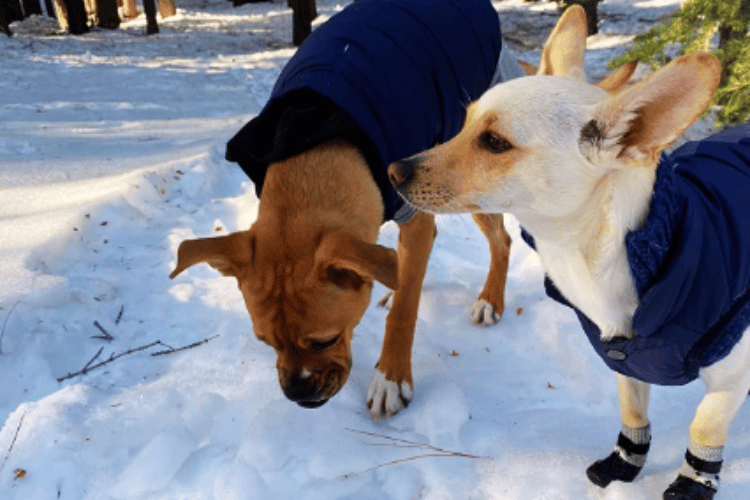
Weather Conditions Beyond Temperature
It's not just the temperature that matters—wind chill and dampness can make the air feel colder than it actually is. Dogs that are exposed to persistent chilly winds or wet conditions may need a coat even if the temperature is above the general threshold. Additionally, during extreme weather events, it's best to keep your dog indoors as much as possible, regardless of their fur coats.
The Importance of a Proper Fit
A well-fitting coat is crucial for your dog's comfort and safety. Measure your dog's neck, chest, and length to ensure you get the right size. A coat that's too tight can restrict your dog's movement and breathing, while one that's too loose can cause tripping or entanglement. Always supervise your dog while they're wearing a coat to ensure they don't get caught on anything or overheat.
When to Skip the Coat
While many dogs benefit from a winter jacket, it's important to recognize when a coat is unnecessary. Dogs with very thick coats, such as Pembroke Welsh Corgis and Bernese Mountain Dogs, may overheat if they wear a coat indoors or during mild winter months. Always monitor your dog's body language and comfort level—if they seem too warm, it's time to remove the coat.
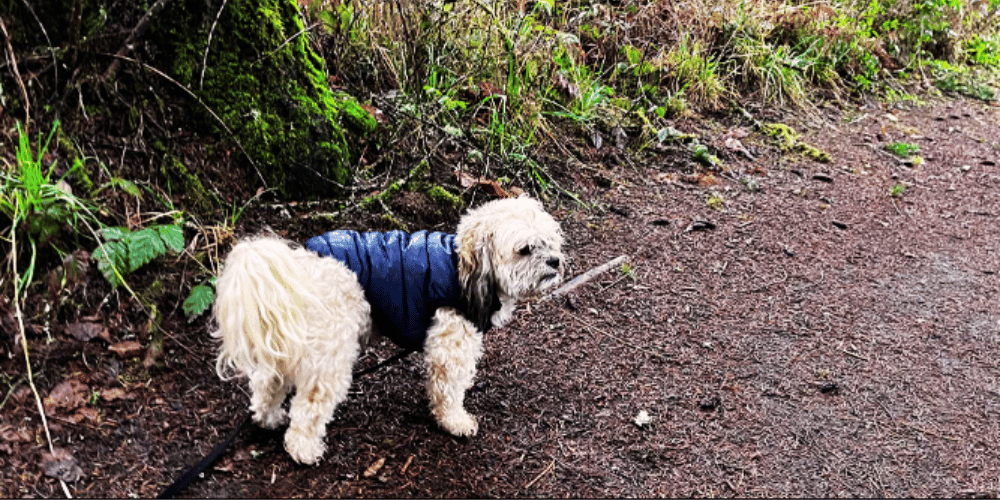
Summary
Determining at what temperature a dog needs a coat depends on several factors, including breed, size, age, and health. While dogs with thick coats may not need extra layers, those with short hair, small breeds, and dogs with health concerns may require a winter coat when temperatures fall below 45°F (7°C). Always ensure the coat fits properly and is suitable for the weather conditions your dog will face.
FAQ Section
How can I tell if my dog is cold and needs a coat?
Look for signs such as shivering, reluctance to go outside, or curling up tightly to conserve heat. If your dog is displaying these behaviors, it might be time to consider a winter coat.
Can my dog wear a coat indoors?
Yes, if your home is particularly cold and your dog is a breed that has trouble retaining heat, a coat indoors can help keep them comfortable.
Should my dog wear a coat during active play or exercise?
It depends on the temperature and your dog's breed. If it's very cold, a coat can help keep them warm, but be cautious as they can overheat if they're very active. Monitor your dog's behavior and remove the coat if they seem too hot.
Thank you for visiting LegitLists we hope this helps you make a legitimate choice!






